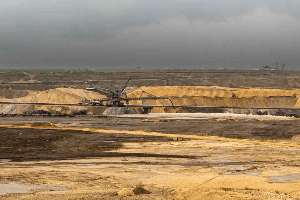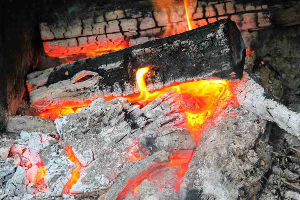Passage Four
Many people want to know how to analyze problems they meet. There are six stages in analyzing a problem.
First the person must recognize that there is a problem. For example, Sam’s bicycle is broken, and he cannot ride it to class as he usually does. Sam must see that there is a problem with his bicycle.
Next the thinker must define the problem. Before Sam can repair his bicycle, he must find the reason why it does not work. For instance, he must determine if the problem is with the gears, the brakes, or the frame. He must make his problem more specific.
Now the person must look for information that will make the problem clearer and lead to possible solutions. For instance, suppose Sam decided that his bike does not work because there is something wrong with the gear wheels. At this time, he can look in his bicycle repair book and read about gears. He can talk to his friends at the bike shop.
After studying the problem, the person should have several suggestions for a possible solution. Take Sam as an illustration. His suggestions might be: put oil on the gear wheels; buy new gear wheels and replace the old ones; tighten or loosen the gear wheels.
Eventually one suggestion seems to be the solution to the problem. Sometimes the final idea comes very suddenly because the thinker suddenly sees something new or sees something in a new way. Sam, for example, suddenly sees that there is a piece of chewing gum between the gear wheels. He immediately realizes the solution to his problem: he must clean the gear wheels.
Finally the solution is tested. Sam cleans the gear wheels and finds that afterwards his bicycle works
perfectly. In short, he has solved the problem.
48. In analyzing a problem we should do all the following except ______.
A. recognize and define the problem
B. look for information to make the problem clearer
C. have suggestions for a possible solution
D. find a solution by trial or mistake
正确答案:D
48.选项A在第二段;选项B在第四段;选项C在倒数第二段选项D是正确的






